An elusive peace in the Middle East
A two-state solution has been presented for decades as the answer to the Israel-Palestinian conflict. Is it still possible?
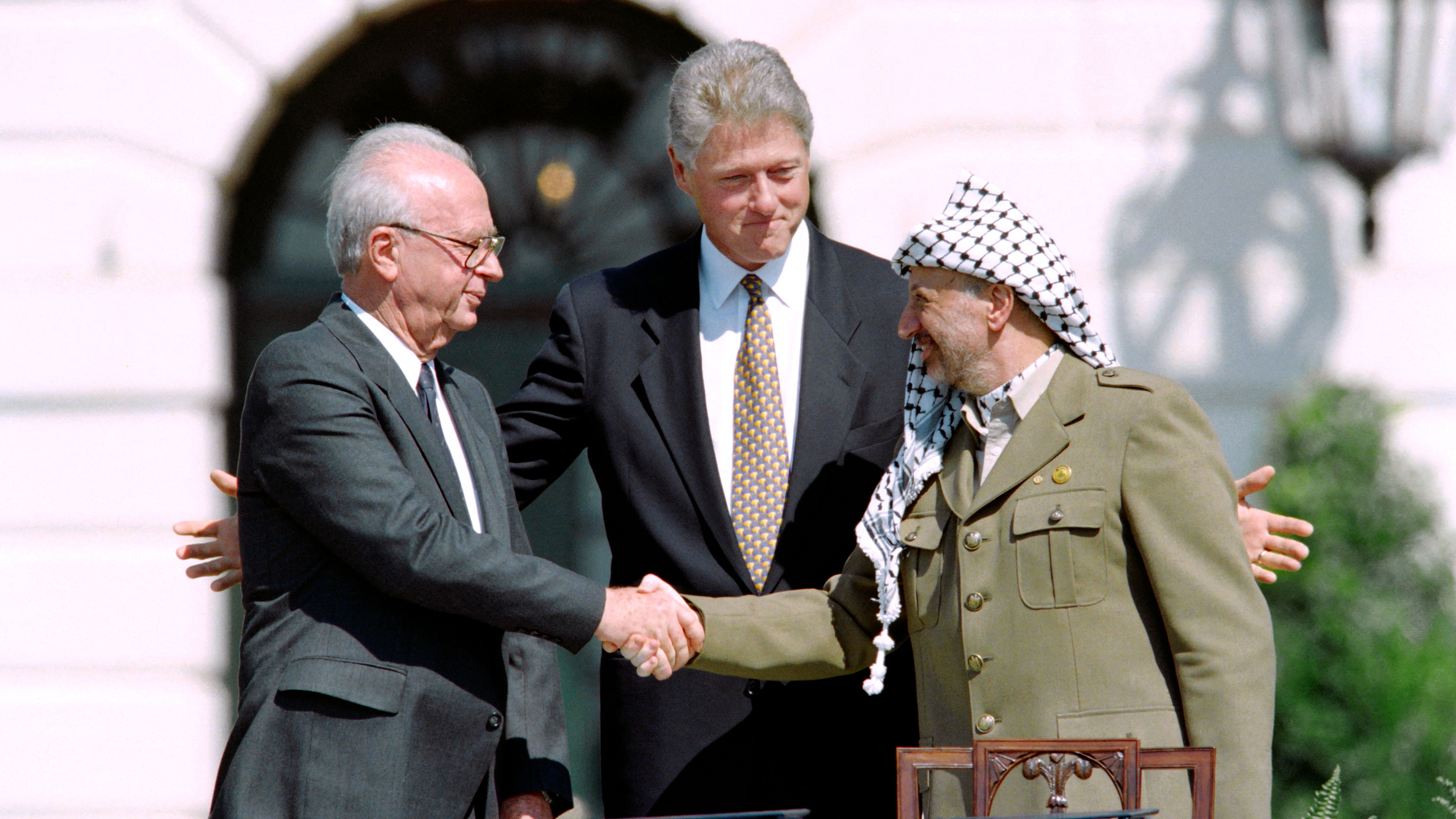
A two-state solution has been presented for decades as the answer to the Israel-Palestinian conflict. Is it still possible? Here's everything you need to know:
What is the two-state solution?
The establishment of two independent states west of the Jordan River, one Israeli and one Palestinian. That plan has its roots in World War I, when Britain wrested control of what was then called Palestine from the Ottoman Empire and issued the 1917 Balfour Declaration — a statement of support for Zionism and "the establishment in Palestine of a national home for the Jewish people." At the time, Palestine had a majority Arab Muslim population with Jewish and Christian minorities. But Balfour’s promise of a Jewish state in the ancient Jewish homeland, as well as Nazi persecution and the Holocaust, led hundreds of thousands of Jews to migrate to Palestine. As immigration increased, so did clashes between Palestinian Arabs and Jews. In 1947, as Britain prepared to exit the territory, the United Nations voted to partition Palestine into Jewish and Palestinian states, with Jerusalem to be administered by the U.N. Jewish leaders accepted the plan — which allocated the Jewish state 56% of the land — but many Palestinian Arabs rejected it. Civil war broke out, and after Israel declared independence in May 1948, five Arab nations attacked the new nation.
Did the war change Israel’s borders?
Israel pushed back the Arab armies, and by the time fighting stopped in March 1949, it controlled 77% of the former Palestine, including West Jerusalem. An estimated 700,000 Palestinians fled or were driven from their homes, a mass displacement known in Arabic as the Nakba ("catastrophe.") Many headed to the West Bank, where Jordan took control, and Gaza, which was occupied by Egypt. Both territories were seized by Israel during the Six Day War of 1967, as was Palestinian-majority East Jerusalem. Israeli settlements soon began to appear in the occupied West Bank — the biblical regions of Judea and Samaria, which some settlers believe they are restoring to the Jewish people — on land Palestinians considered part of their future state. How that state might be created went largely unaddressed until the historic 1978 deal between Israeli Prime Minister Menachem Begin and Egyptian President Anwar Sadat, brokered by President Jimmy Carter at Camp David.
The Week
Escape your echo chamber. Get the facts behind the news, plus analysis from multiple perspectives.

Sign up for The Week's Free Newsletters
From our morning news briefing to a weekly Good News Newsletter, get the best of The Week delivered directly to your inbox.
From our morning news briefing to a weekly Good News Newsletter, get the best of The Week delivered directly to your inbox.
What was agreed to at Camp David?
The Camp David Accords set the foundation for the 1979 Egyptian-Israeli peace treaty, the first such pact struck between Israel and an Arab neighbor, and proposed a five-year transition period in the West Bank and Gaza, leading to "full autonomy" for Palestinians. But Palestinians refused to join the next round of talks, and the gap between Israeli and Egyptian visions of Palestinian self-government proved unbridgable. Bubbling Palestinian anger over Israel’s military occupation erupted in 1987 as the First Intifada. Palestinians took part in mass protests and strikes; some also attacked Israelis. Israel responded with a crackdown, and more than 1,000 Palestinians and 160 Israelis were killed over six years of violence.
How did the First Intifada end?
Secret negotiations in Norway between Israel and the Palestinian Liberation Organization — which had waged a terrorist campaign against Israel — produced the 1993 Oslo Accords. Signed on the White House lawn, with PLO leader Yasser Arafat, Israeli Prime Minister Yitzhak Rabin, and President Bill Clinton looking on, the agreement saw the PLO renounce terrorism and recognize Israel’s right to exist. It also created the Palestinian Authority to serve as a temporary five-year government in the West Bank and Gaza while negotiators addressed the roadblocks to Palestinian statehood. "We who have fought against you, the Palestinians," said Rabin, "we say to you today in a loud and clear voice: 'Enough of blood and tears!'" Polls showed a majority of Israelis and Palestinians supported the deal, but follow-up negotiations on the conflict’s most intractable issues went nowhere.
What were those issues?
They included the borders of a Palestinian state; the status of Jerusalem, claimed by both Israelis and Palestinians as their capital; and the right of return for Palestinian refugees. As talks dragged on, the situation on the ground deteriorated. Rabin was assassinated by a Jewish extremist in 1995, and Palestinians grew increasingly resentful of corruption inside the Arafat-led Palestinian Authority. In a final attempt at peace, President Clinton brought Arafat and Israeli Prime Minister Ehud Barak to Camp David in July 2000. He proposed a Palestinian state comprising the Gaza Strip and 92% of the West Bank. Israel would grant the Palestinians some land in exchange for keeping West Bank settlement blocs home to about 80% of Jewish settlers, while the Palestinians would control parts of Jerusalem. Barak accepted the plan, but Arafat rejected it as insufficient, leading Clinton to warn Arafat that he was leading his people "to a catastrophe." Two months later, the bloody Second Intifada exploded. The nascent Palestinian terrorist group Hamas targeted Israeli civilians with suicide bombings, and Israeli trust in the Oslo process collapsed.
How likely is a two-state solution now?
Hopes are slim at best. Even before the Oct. 7 attacks and the war in Gaza, only about a third of Israelis and Palestinians supported a two-state solution — an all-time low. And the barriers to creating a Palestinian state are increasingly high. In 1993, some 110,000 settlers lived in the West Bank and East Jerusalem; today, it’s 700,000. Israeli Prime Minister Benjamin Netanyahu has voiced opposition to a Palestinian nation, and Hamas, which controls Gaza and is increasingly popular in the West Bank, has vowed to destroy Israel. Still, President Biden continues to champion a two-state solution, and international support for such a plan is unlikely to die. "There are no other viable alternatives," said Middle East analyst Yossi Mekelberg. "The two-state solution is the least bad option."
A free daily email with the biggest news stories of the day – and the best features from TheWeek.com
A one-state solution?
As prospects dim for twin Israeli and Palestinian states, some activists are pushing for a one-state solution. Such a plan would unite Israel, the Gaza Strip and West Bank into a single country, with equal voting rights for all. It’s "the only alternative with any chance of delivering lasting peace" and ending a system of "de facto apartheid," argues Yousef Munayyer, who heads the Palestine/Israel Program at Arab Center Washington D.C. To say a single-state plan presents obstacles, however, is a dire understatement. Chief among them is that such a country would have a majority Arab population, ending Israel as a Jewish state. "What Israeli prime minister is going to hand the keys over to the Palestinians?" asked Martin Indyk, a former U.S. ambassador to Israel. "Neither side is ready for the other side to rule."
This article was first published in the latest issue of The Week magazine. If you want to read more like it, you can try six risk-free issues of the magazine here.
-
 Choline: the ‘under-appreciated’ nutrient
Choline: the ‘under-appreciated’ nutrientThe Explainer Studies link choline levels to accelerated ageing, anxiety, memory function and more
-
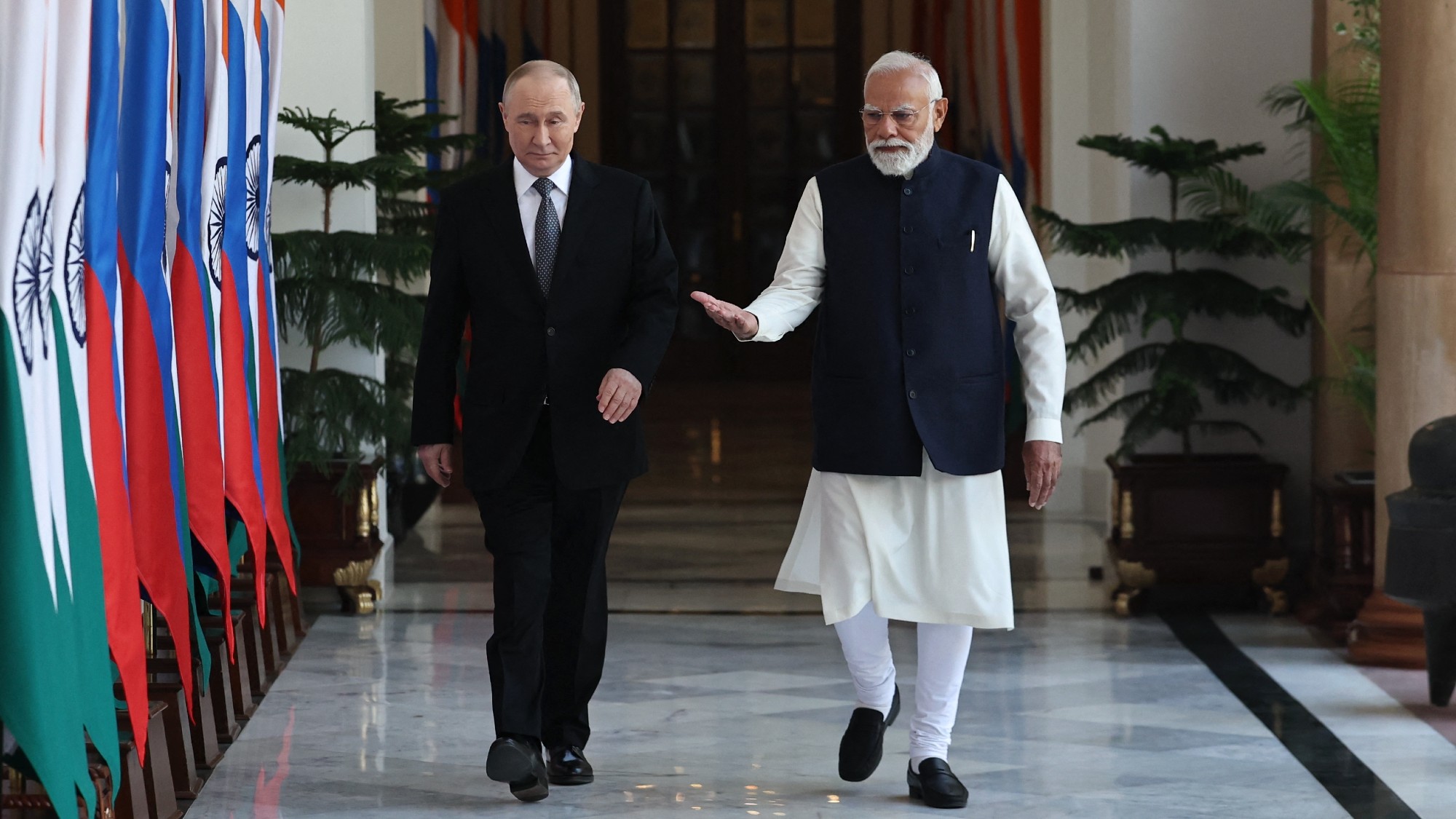 Is a Putin-Modi love-in a worry for the rest of the world?
Is a Putin-Modi love-in a worry for the rest of the world?Today’s Big Question The Indian leader is walking a ‘tightrope’ between Russia and the United States
-
 Quiz of The Week: 29 November – 5 December
Quiz of The Week: 29 November – 5 DecemberQuiz Have you been paying attention to The Week’s news?
-
 The military: When is an order illegal?
The military: When is an order illegal?Feature Trump is making the military’s ‘most senior leaders complicit in his unlawful acts’
-
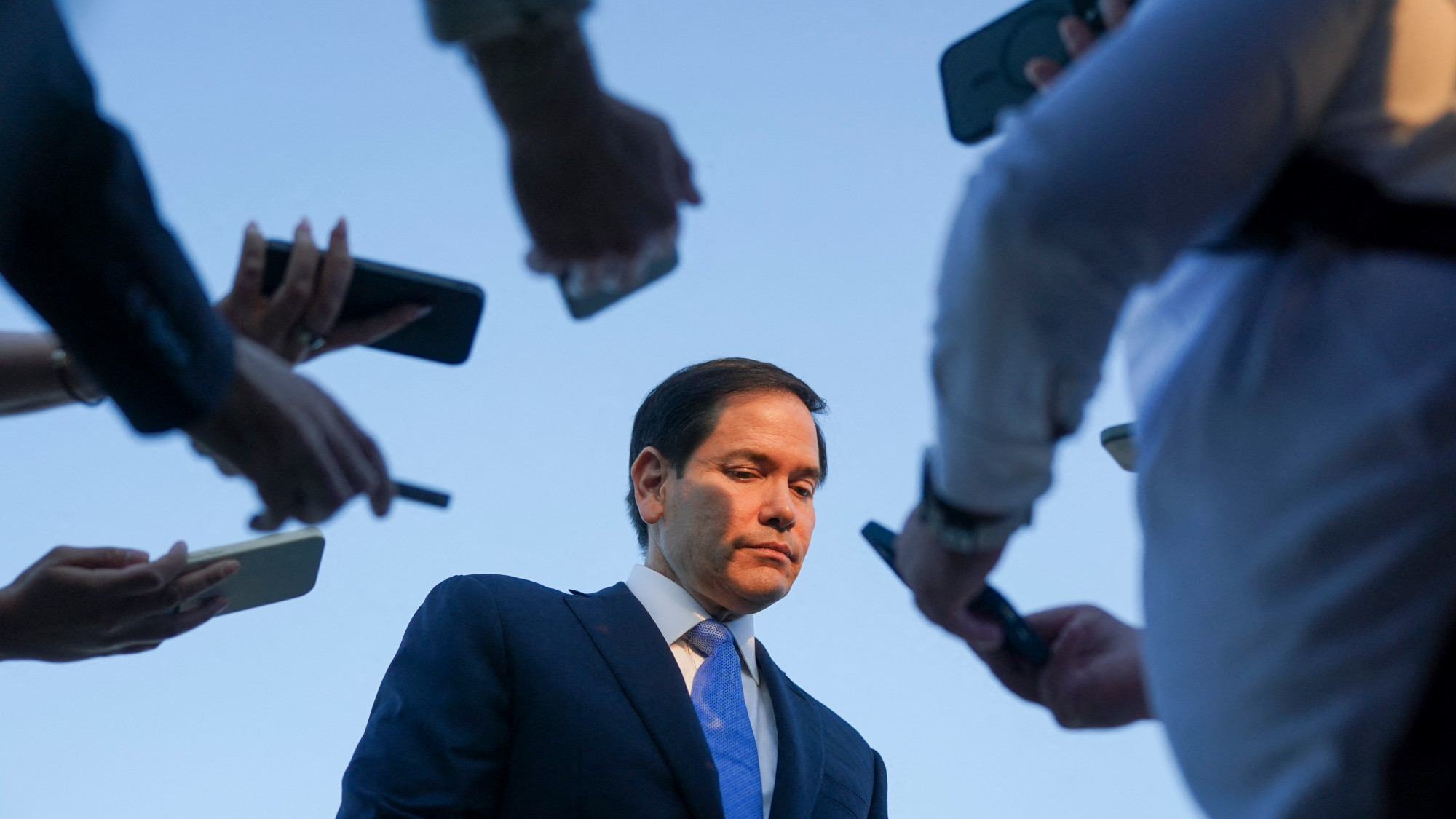 Ukraine and Rubio rewrite Russia’s peace plan
Ukraine and Rubio rewrite Russia’s peace planFeature The only explanation for this confusing series of events is that ‘rival factions’ within the White House fought over the peace plan ‘and made a mess of it’
-
 The US-Saudi relationship: too big to fail?
The US-Saudi relationship: too big to fail?Talking Point With the Saudis investing $1 trillion into the US, and Trump granting them ‘major non-Nato ally’ status, for now the two countries need each other
-
 Nigel Farage: was he a teenage racist?
Nigel Farage: was he a teenage racist?Talking Point Farage’s denials have been ‘slippery’, but should claims from Reform leader’s schooldays be on the news agenda?
-
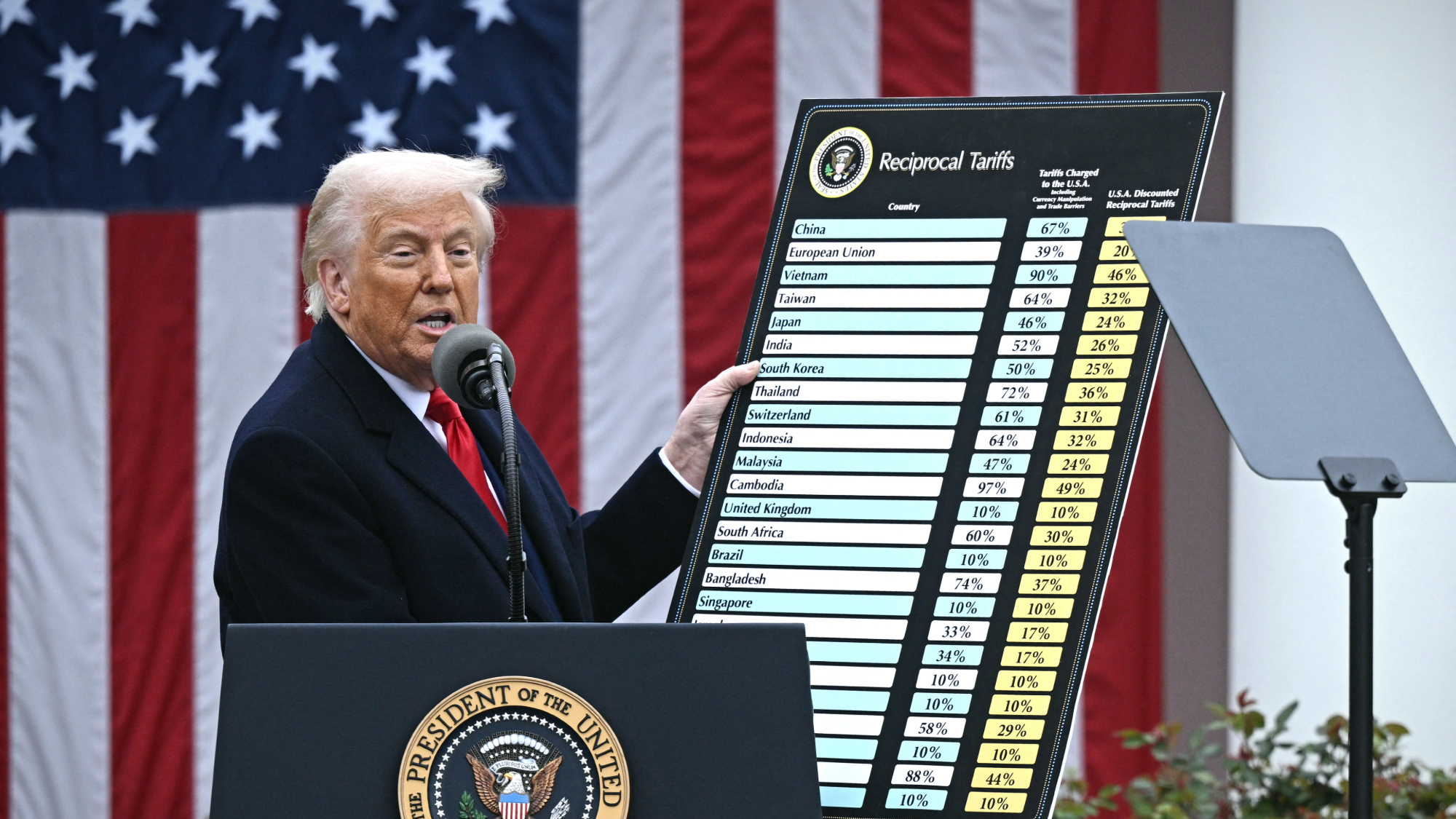 Tariffs: Will Trump’s reversal lower prices?
Tariffs: Will Trump’s reversal lower prices?Feature Retailers may not pass on the savings from tariff reductions to consumers
-
 American antisemitism
American antisemitismFeature The world’s oldest hatred is on the rise in U.S. Why?
-
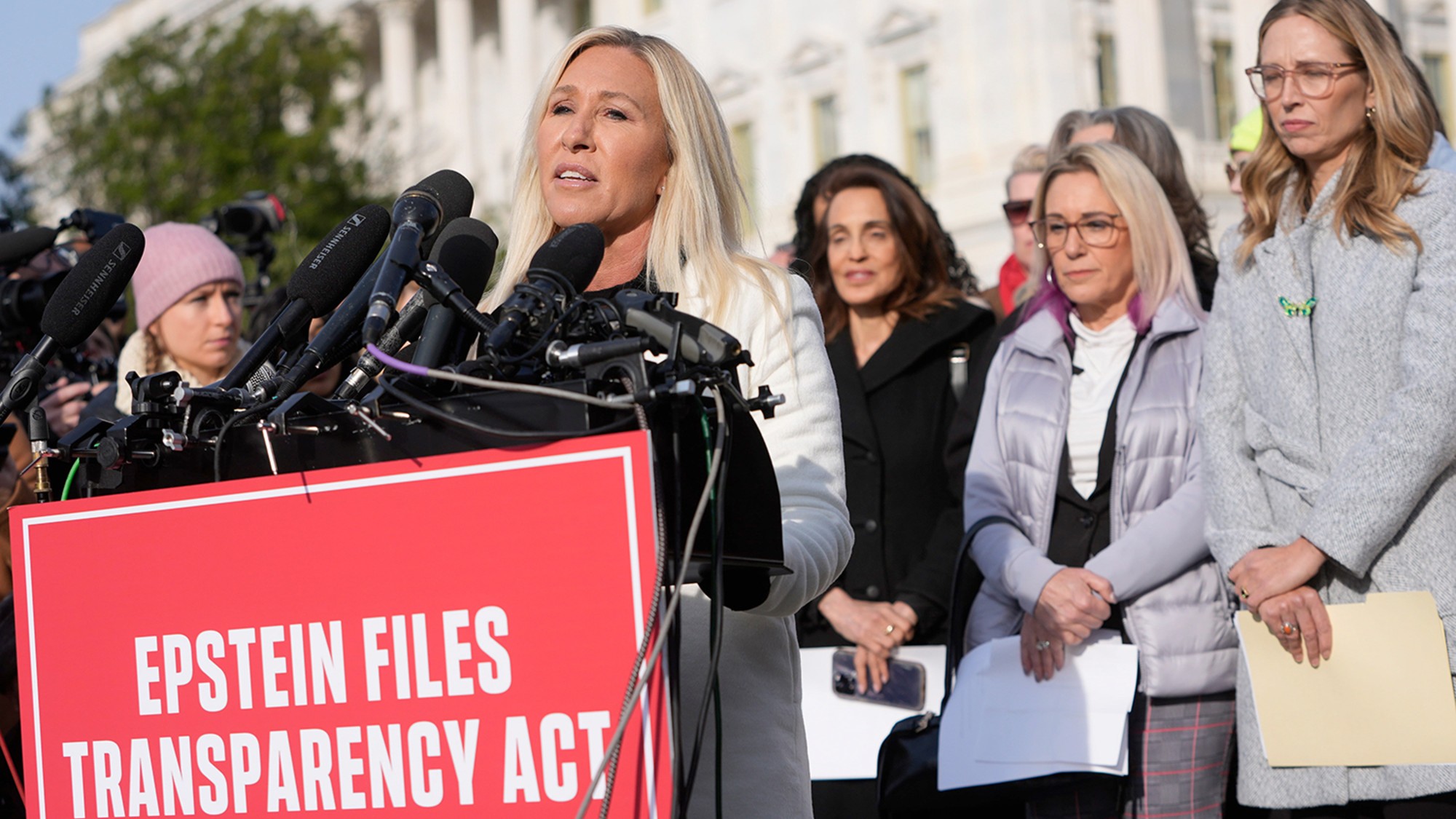 Trump: Is he losing control of MAGA?
Trump: Is he losing control of MAGA?Feature We may be seeing the ‘first meaningful right-wing rebellion against autocracy of this era’
-
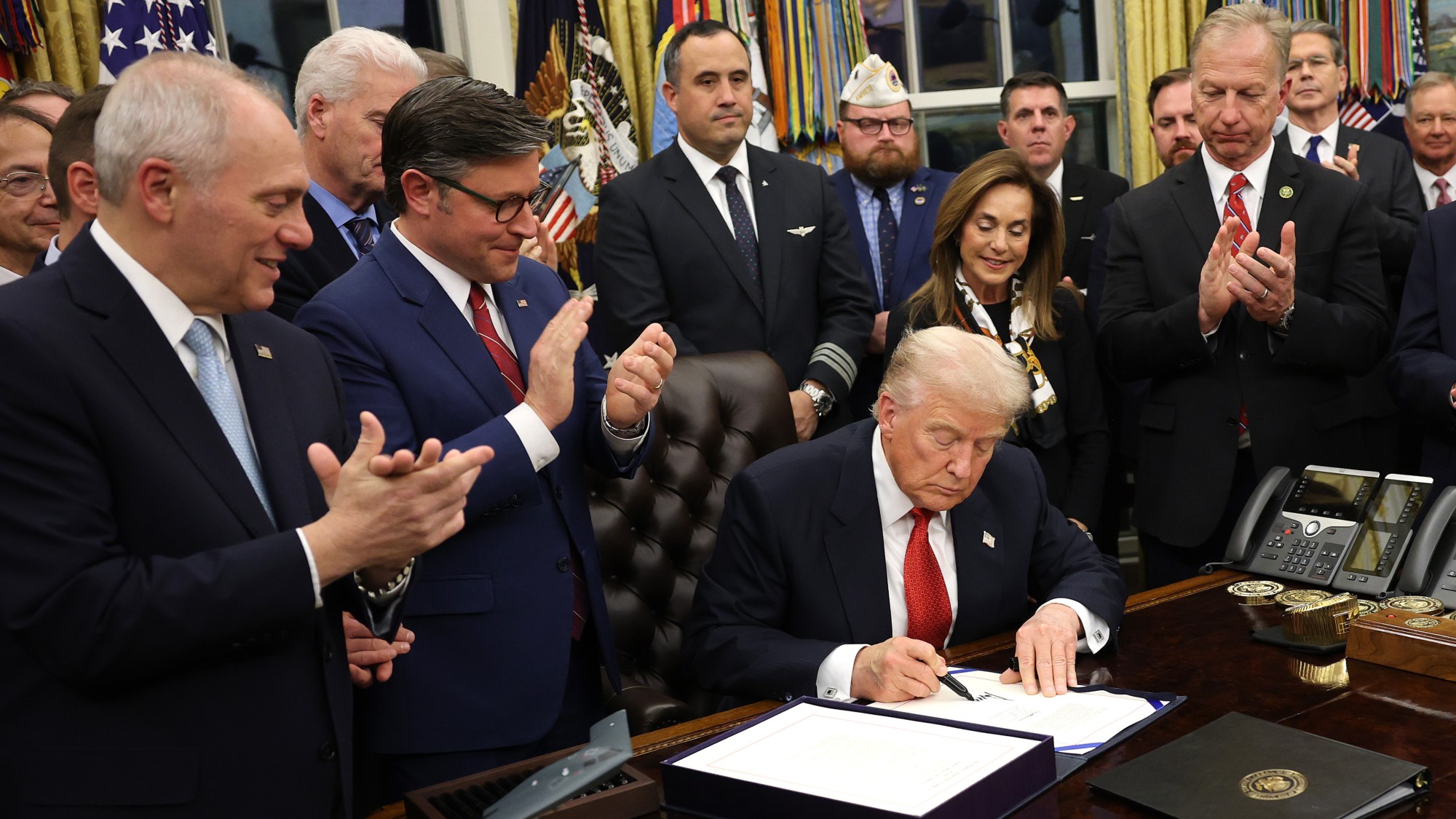 US government shutdown: why the Democrats ‘caved’
US government shutdown: why the Democrats ‘caved’In the Spotlight The recent stalemate in Congress could soon be ‘overshadowed by more enduring public perceptions’